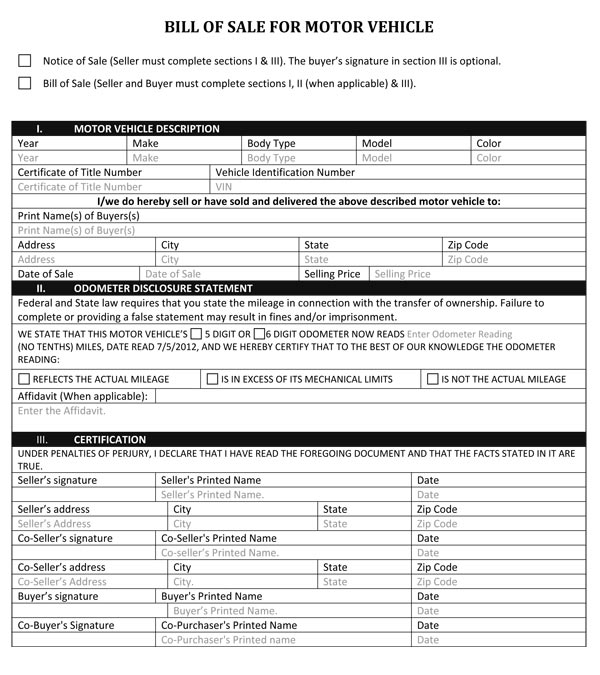
Purchasing a vehicle is a big investment, whether it is a new or an old one, and mostly thousands of dollars are involved in the transactions.
Therefore, as a buyer or a seller, you need to ensure that all the paperwork is done accordingly and ensure that the whole process is completed correctly.
In addition, the purchase and the sale of the vehicle involve legal formalities like the drafting of an automotive bill of sale.
An automotive bill of sale is a written binding agreement by which a car owner transfers their rights of owning the vehicle to the buyers.
Having this form is very important in the selling procedure; this kind of bill of sale serves as a document that establishes the buyer’s proof of ownership and even helps in acquiring auto insurance.
If in the future any problem arises, the automotive bill of sale will help to prove the case, that the buyer legally bought the vehicle and owns it.
Lastly, the document is what you need for taxation and accounting purposes. In addition, it prevents fraud since the car is usually never registered without an automotive bill of sale form in place, furnishing verified correct information.
This is the only binding agreement that shows the change of ownership. One can hire a lawyer to give legal advice regarding the matter.
In short, a car bill of sale makes selling and buying of the car more reliable, professional, and comfortable.
Components required for an automotive bill of sale form:
- Buyer and Seller’s names and signatures
- Description of the vehicle, including Year, Make and Model of the vehicle, Vehicle Identification Number, Odometer reading, etc
- Purchase price of the vehicle
The buyer retains an original copy of the automotive bill of sale form while the seller retains the copy of the same.
Automotive bill of sale is not the only sufficient proof of car ownership; the buyer needs the other form of evidence of ownership, such as the vehicle Title.
 Bill Of Sale Template A collection of professionally written bill of sale templates
Bill Of Sale Template A collection of professionally written bill of sale templates